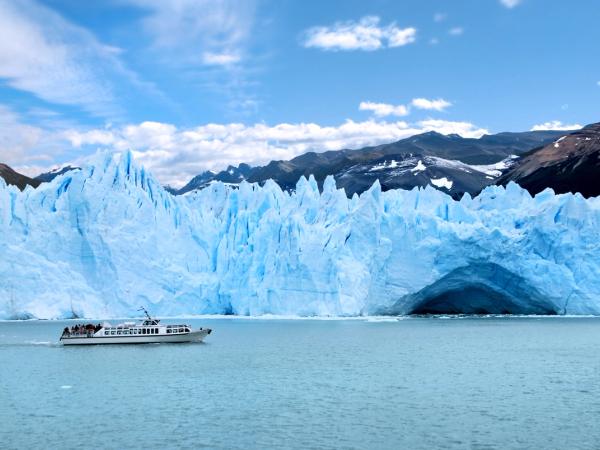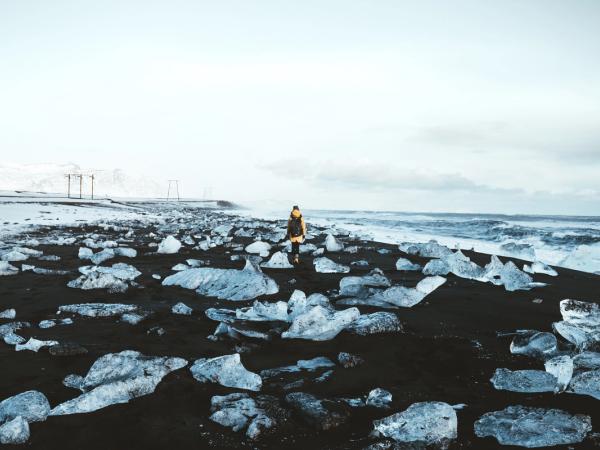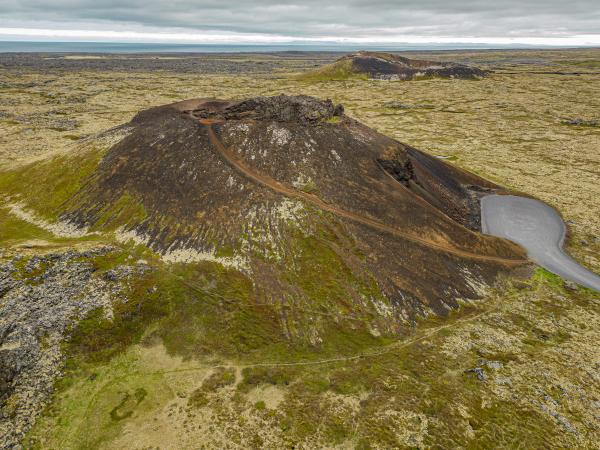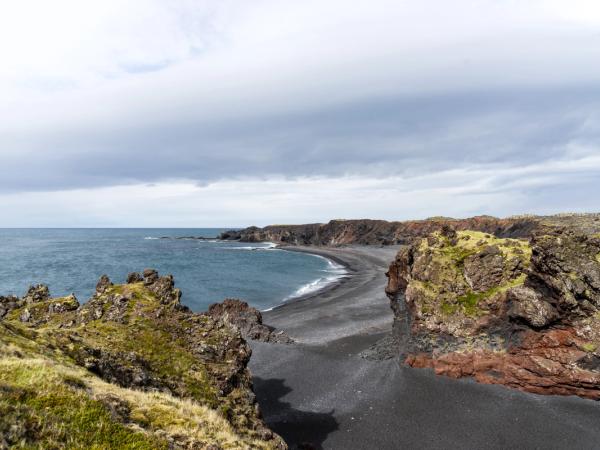
National Parks in Iceland: A Full Guide For Visitors
Embark on a journey through the pristine beauty of Iceland's national parks with our comprehensive guide. For an immersive and flexible adventure, consider the convenience of a campervan.
Renting a campervan not only allows you to seamlessly navigate between national parks, from the iconic Þingvellir to the breathtaking Vatnajökull, but also provides a comfortable and mobile base for your exploration. With the freedom to set your own itinerary and the ease of camping within or near the parks, a campervan enhances your experience, ensuring that each national park visit is met with comfort and convenience.
Iceland is a land of wild beauty, with wonderful landscapes that are equally rugged, unfamiliar, and ethereal. From the majestic glaciers and towering waterfalls to windswept black sand beaches and geothermal hot springs, this island boasts some of the most awe-inspiring natural wonders in the world. And at the heart of the country’s stunning scenery lie the National Parks in Iceland – the perfect destinations to discover with on your Icelandic campervan road trip.
These protected areas not only offer a chance to experience Iceland's pristine wilderness up close but also play a crucial role in preserving the country's unique natural heritage. There are three national parks in Iceland, each with its own distinct character and attractions.
In this guide to the National Parks in Iceland, we'll take you on a journey through these amazing protected areas, introducing you to their history, significance, and how best to visit them with your campervan.
An Overview of the National Parks in Iceland
Iceland is home to three National Parks, each of which boasts its own unique landscape, geological formations, and cultural significance. Here's a brief overview of the National Parks in Iceland:
Thingvellir National Park
Established in 1930, Thingvellir National Park is in southwestern Iceland and is known for its historical and cultural significance, as well as its breathtaking scenery.
The park is situated on the boundary between the Eurasian and North American tectonic plates, making it a popular spot for hiking and exploring geological wonders. A big attraction here is the Silfra Fissure, the only place in the world where you can dive between the tectonic plates.
Thingvellir National Park is easy to reach from Reykjavik, only around 45 minutes by car. It’s the first stop on Iceland’s famous Golden Circle route.
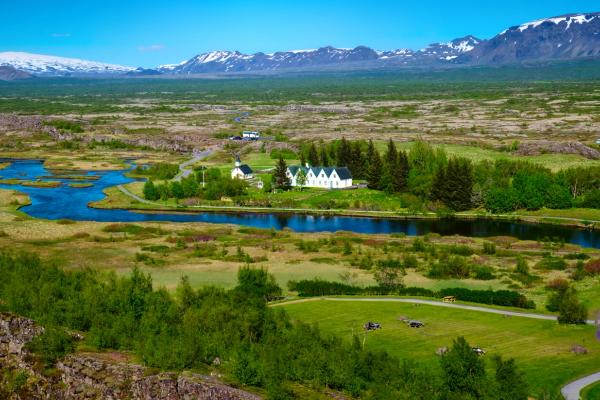
Vatnajökull National Park
The largest National Park in Europe, Vatnajökull National Park, covers an area of over 14,000 square kilometers and will continue to grow in the coming years as more parts of the Highlands are incorporated into the park. This protected area is named after Iceland’s largest glacier, Vatnajökull, and contains some stunning areas to explore.
The most popular areas of the park are in southeast Iceland, where campers can go hiking in Skaftafell, admire the glacier lagoon, and even explore the glacier on a guided tour. Up north, the park’s boundaries also protect Dettifoss waterfall, the most powerful waterfall in the country.
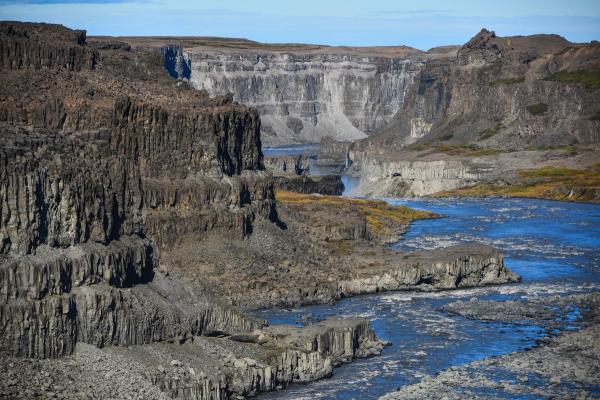
Snæfellsjökull National Park
Situated on the Snæfellsnes Peninsula in western Iceland, Snæfellsjökull National Park is known for its dramatic coastal cliffs, black sand beaches, and the towering Snæfellsjökull glacier. The park is also home to a variety of flora and fauna, including seabirds, whales, and Arctic foxes.
Touring through this national park with your campervan is highly recommended.
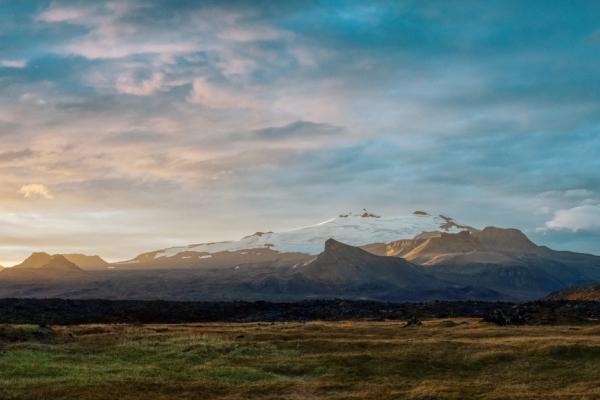
Thingvellir National Park
Thingvellir National Park is a UNESCO World Heritage Site located in southwestern Iceland and is the first stop along the Golden Circle. The park has many significant natural and historical features, making it a must-visit destination for anyone traveling to Iceland.
One of the most notable features of Thingvellir is the Almannagjá fissure, which marks the boundary between the North American and Eurasian tectonic plates. Visitors can actually walk between the two plates, which are slowly drifting apart at a rate of about 2.5 centimeters per year. The park also boasts several stunning waterfalls, including Öxarárfoss.
Top Attractions at Thingvellir National Park
In addition to its geological features, Thingvellir is also an important site in Iceland's history. The park was the site of Iceland's first parliament, the Althing, which was founded in 930 AD and held its meetings at Thingvellir until 1798. Visitors can explore several historic sites throughout the park, such as the Lögberg (Law Rock), the site where the old Parliament would meet.
Thingvellir is also a popular spot for outdoor activities, including hiking. The park has several hiking routes ranging from easy to challenging; the most popular route is the trail to Öxarárfoss waterfall, which takes you through the Almannagjá fissure. There are longer routes that aren’t so popular with visitors, who usually stick to the main viewing platform and waterfall trail. For an extensive map of hiking trails in Thingvellir, head to the national park’s website.

Campsites in Thingvellir National Park
For those looking to stay overnight at Thingvellir with their campervan, there’s a campsite just across the main road, north of the main parking areas.
Also nearby is the campsite at Laugarvatn, home to the Laugarvatn Fontana Geothermal Spa.
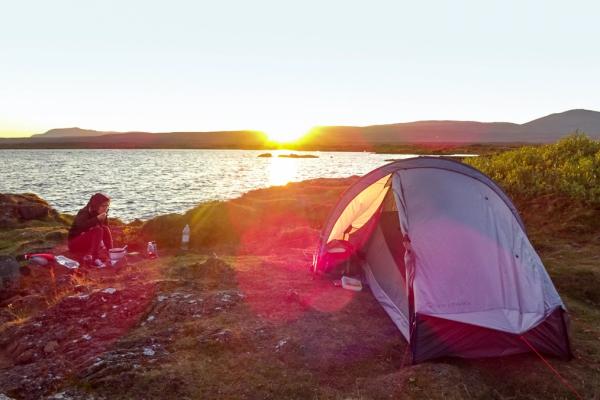
Vatnajökull National Park
Vatnajökull National Park is the largest national park in Iceland, covering an area of over 12,000 square kilometers in the southeastern part of the country. The park is named after the Vatnajökull glacier, which is the largest glacier in Europe by volume and covers approximately 8% of Iceland's landmass.
Top Attractions at Vatnajökull National Park
The park is home to a diverse range of landscapes, including glaciers, geothermal areas, volcanoes, and rivers. One of the park's most popular attractions is the Jökulsárlón glacier lagoon, which is located on the edge of the Vatnajökull glacier and is filled with icebergs that have broken off from the glacier. Visitors can take a boat tour of the lagoon or admire the stunning views from the shore. Across the road is Diamond Beach, where the icebergs wash up on the black sand thanks to the ocean tides.
Another popular attraction in the park is the Skaftafell area, which is known for its hiking trails and scenic views. The trails in Skaftafell range from easy to challenging, and some of the most popular routes include the Svartifoss waterfall trail and the Morsárdalur valley trail. Visitors can also admire views of the Skaftafellsjökull glacier tongue and even join a glacier hike.
Up in north Iceland, a separate territory also belongs to the national park despite not sharing its boundaries. This is the area around Jökulsárgljúfur Canyon, where you’ll find the waterfall Dettifoss and Ásbyrgi Canyon – both fantastic attractions to visit on your campervan trip.
Finally, there’s a huge chunk of the Highlands north and northwest of the glacier that’s a part of the National Park. This area is pretty much impossible to visit, even in a 4x4 campervan. Home to explosive volcanoes, epic geothermal areas, and a windswept sub-Arctic desert, this is home to some of Iceland’s most extreme scenery.
Campsites in Vatnajökull National Park
For those looking to stay overnight, there are several campsites inside and near the park where you can park your campervan.
The most popular campsite in Vatnajökull National Park is the one at Skaftafell. Right next to the visitor’s center and trailheads, it’s the perfect choice if you want to spend longer in the area exploring Skaftafell’s various hiking trails
Nearby is also a campsite at Svínafell, only a short drive from Skaftafell and sitting below the glacier. Up north, there’s also a great campsite in Ásbyrgi Canyon.

Snæfellsjökull National Park
Located on the Snæfellsnes Peninsula in western Iceland, Snæfellsjökull National Park is named after the glacier-capped Snæfellsjökull volcano, which was made famous by Jules Verne's novel "Journey to the Center of the Earth." The park covers an area of over 1,400 square kilometers and is home to a variety of geological formations, including lava fields, craters, twisted cliffs, and black sand beaches.
Top Attractions in Snæfellsjökull National Park
One of the most popular attractions in the park is the Snæfellsjökull glacier itself, although it’s impossible to explore without a guided tour. Usually, simply admiring the glacier as you explore the park in your campervan is enough to impress.
Nearby, tours delve into the Vatnshellir lava cave, formed during an eruption over 7,000 years ago. More volcanic scenery awaits at Saxhóll crater, as well as the black sand beach of Djúpalónssandur. And for epic views of the twisting cliffs along the coast, Londrangar cliffs are hard to beat.
Visitors to Snæfellsjökull National Park can also explore the park's rich cultural history by visiting the nearby village of Arnarstapi, which is home to several historic landmarks. One of the most notable sites in the village is the Bárður Snæfellsás statue, which depicts a legendary half-human, half-troll figure from Icelandic folklore.
Campsites in Snæfellsjökull National Park
For those looking to stay overnight, there are several campsites and accommodation options available in and around the park, including the Snorrastaðir Farm Holiday Guesthouse and the Hellnar Cottages.
Snæfellsjökull National Park is a must-visit destination for anyone exploring western Iceland, offering a unique blend of natural wonders and cultural landmarks that will leave a lasting impression.
Nature Reserves in Iceland
In Iceland, there are two main types of protected areas: national parks and nature reserves. The main differences between these two types of protected areas are the level of protection and the management objectives.
What’s the Difference Between a National Park and a Nature Reserve?
National parks in Iceland are established for the primary purpose of protecting unique and representative natural features, landscapes, and ecosystems for the benefit of present and future generations. The main goal of national parks is to preserve natural and cultural heritage while allowing for sustainable use and enjoyment by visitors.
Nature reserves, on the other hand, are established to protect specific habitats, plant or animal species, or geological formations. Nature reserves in Iceland are managed with strict regulations to ensure the conservation of natural resources, and human activities are limited or even prohibited entirely in some cases.
Conclusion
Iceland’s national parks are among the best places to experience the country’s wild side. Thingvellir is packed with history and cool geology, Vatnajökull is home to glaciers and crazy views, and Snæfellsjökull has those dramatic cliffs and black sand beaches that feel like they’re straight out of a movie. Each park is totally different, so there’s always something new to see.

